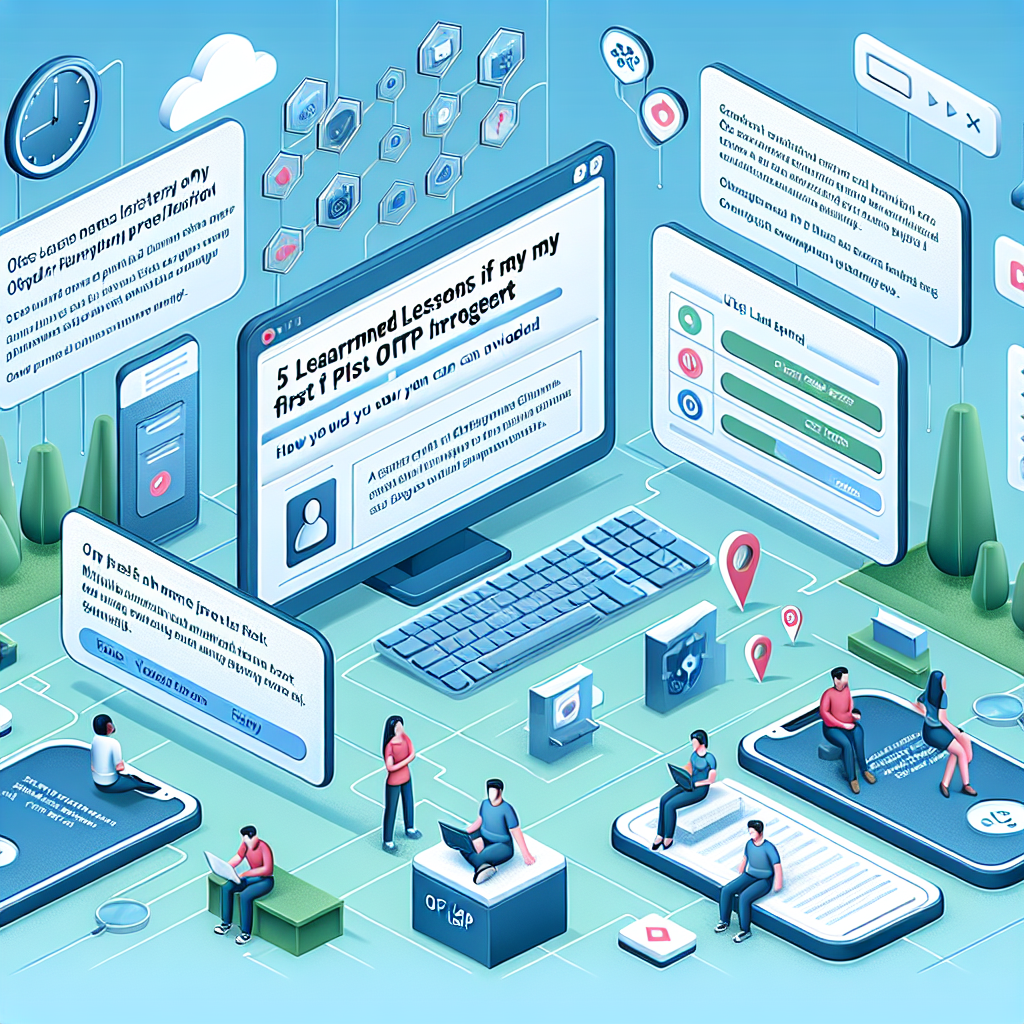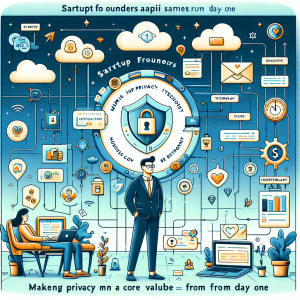If you’ve ever been knee-deep in system integrations, chances are you’ve had to tackle OTP (one-time password) authentication at some point. For me, that came during my first major integration project with a fintech client. I thought I had it all figured out—until I didn’t. Now, on the other side of sleepless nights, bug hunts, and user complaints, I want to share five of the key lessons I learned the hard way so that you don’t have to.
1. Not All OTPs Are Created Equal
On paper, OTPs felt like a standard security measure. So I followed a simple SMS OTP route—until international users started reporting slow delivery and some codes not arriving at all. Turns out, I overstated the reliability of SMS OTP and underestimated regional carrier delays and regulations.
Lesson: Always evaluate the reach and performance of your OTP delivery channels. In many cases, an email-based SMS OTP solution—where the SMS is routed via email gateways—offers more reliable delivery across global networks with simplified integration.
2. User Experience Can Make or Break Trust
I learned quickly that a clunky OTP flow erodes user trust faster than you can say “timed out.” During initial testing, users struggled with unclear input fields and inconsistent error messages. Even something as small as forgetting to display a countdown timer led to frustration.
Lesson: Design the OTP experience as if you’re the end user. Clear instructions, real-time validation, and fallback options aren’t just features—they’re must-haves.
3. The Importance of Fallback Channels
Midway through the project, we faced an unexpected SMS outage from our vendor. We had no plan B. A flood of support tickets later, we realized we needed an alternative channel ready to go—preferably one users could switch to seamlessly.
Lesson: Implement backup OTP delivery methods such as email-based SMS OTP or direct email-to-user flows. This redundancy is not just smart—it’s sanity-saving.
4. Monitoring Isn’t Optional—It’s Essential
When issues started cropping up, I scrambled to make sense of things with limited visibility. Was it the gateway? The user? A typo? Without proper logging and tracking, I was troubleshooting blindfolded.
Lesson: Make performance monitoring and delivery analytics part of your OTP setup from day one. Tools from platforms like verify-now.com give you the insight needed to debug, optimize, and scale smoothly.
5. Compliance Is Not a Checkbox
I nearly ran afoul of data protection laws by overlooking regional compliance requirements. One quick call from legal put things into perspective: OTP data flows need to respect local data privacy laws and audit standards.
Lesson: Ensure your OTP solution complies with regulations like GDPR, HIPAA, or others depending on your industry and geography. Using a verified service provider takes much of the burden off your shoulders.
Conclusion:
From missed OTPs to frustrated users and last-minute compliance scrambles, my first integration may have been bumpy—but it provided the blueprint I now use for every OTP deployment. If you’re a system integrator navigating the digital space, learn from my mistakes and choose tools that scale, support, and secure. Platforms like verify-now.com make email-based SMS OTP integrations smoother than ever.
Want a shortcut to smarter integrations? Explore our services and transform your OTP experience today.









